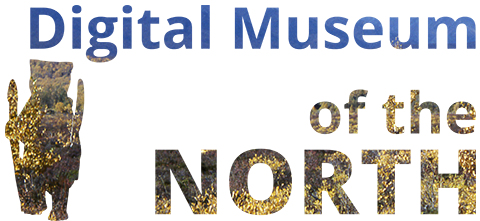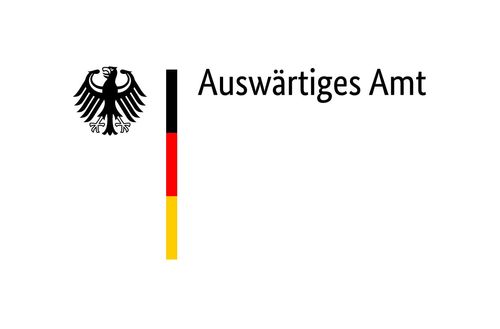Musée d‘ethnographie de l‘Université de Bordeaux
Liliia Zdor and her team* talk about the use of the sacrificial bowl at various festivals
"This wooden bowl is suitable for cutting and serving food. Prepared dishes are eaten from it. The kemeny is mostly used when a group of people gathers to eat, but not for small meals intended for just one person. After eating, the kemeny is wiped clean with dry grass or a cloth, or the surface is scraped with a woman’s knife. Given the small size of the kemeny shown here, it may have been intended for the ritual feeding of spirits. Such small servings are used during feeding rituals on festive days. One such festival is Pegytti, which takes place in December to celebrate the end of the polar night. It is dedicated to the star Pegytti. The Peechvag’enratgyrgyma festival takes place in March when a yearling calf is weaned from its mother. Kilvei is dedicated to newborn calves and the reindeer cows that gave birth to them. Ulvev is the festival after the spring grazing migration in June. Vylgykoranmat is the festival for slaughtering reindeer for fur clothing, and Tyrkyl’ykoranmat is the festival for slaughtering reindeer bulls in October.
The ritual kemeny bowl is made of wood. One can tell that it has been used because it shows signs of oxidation. Along the outer rim is a strip that looks like a burn mark. It is likely that this kemeny stood near a fire. Inside the bowl, there is a hollowed-out area to keep the finely chopped meat from falling out."
* Liliia Zdor, Galina Etul', Irina Gyrgol'naut, Irina Nutetgivev and Mark Zdor.
Self-recorded. Fairbanks, 2024.



